Chem M&A seeks to turn corner
Amid major headwinds in financing, a challenging business outlook and a big gap between buyer and seller expectations, there are early signs of turning the corner

The global chemical mergers and acquisitions (M&A) market is reeling from high borrowing costs, tighter credit availability, a challenging business outlook and a resulting gap between buyer and seller expectations. However, there are early signs of renewed activity in H2 as a new reality sets in.
“At this point in the summer, things are starting to feel like we know where the world is. It’s not 100% set yet, but by the time we hit early fall, players should start to feel more comfortable on how the world is shaped, and where it might go from there,” said David Ruf, managing director at KeyBanc Capital Markets.
As chemical prices and volumes start to settle, the market will feel more comfortable that things have begun to “normalise,” he added.
Turning the corner?

After a difficult H1, a new reality is setting in, with 2023 earnings expectations reset lower and interest rates stabilising, although at high levels.
“We may be turning the corner towards a more active M&A market,” said Ariel Levin, managing director and global co-head of chemicals investment banking at Piper Sandler.
The number of chemical M&A transactions are down around 35% year-to-date compared to H1 2023. In terms of deal value, the dollar volume is down about 55%, he pointed out.
“We have recently seen the start of several divestiture processes, primarily from corporates looking to prune portfolios for various reasons, including deleveraging, improving cash flows, increasing compliance with ESG profile and reducing portfolio complexity and cyclicality,” said Levin.

Given the relatively challenging profile of many of these businesses, private equity has been the key buyer universe. Some of these assets have been in the enterprise value (EV) range of $100-300m, making them relatively digestible, even in the current financing environment, he noted.
Even smaller chemical deals are in demand.
“While deal volume in the chemical space is down, we have seen a continuing interest in selected strategic deals as well as in smaller deals in the $30-50m EBITDA range - those less dependent on large financings and that are relatively solid and attractive businesses,” said Federico Mennella, investment banker and board member of the Societe de Chimie Industrielle.
The global chemical M&A market slowed considerably late last year and continued to slow in early 2023 with only $8.6bn in deals closed in Q1, a pace well off the $52.4bn in transactions closed in 2022. Only 16 deals over $25m in size closed in Q1 compared to a quarterly average of 21.5 through 2022, according to Peter Young, president and managing director of Young & Partners.
The investment bank is working on compiling Q2 figures.
“The continued slower pace has been driven by higher interest rates, weaker profitability, economic and geopolitical uncertainty, the lower availability of leveraged financing, the pricing and volume downturn in the commodity chemicals industry, and concerns about operating chemicals businesses in Europe,” said Young.
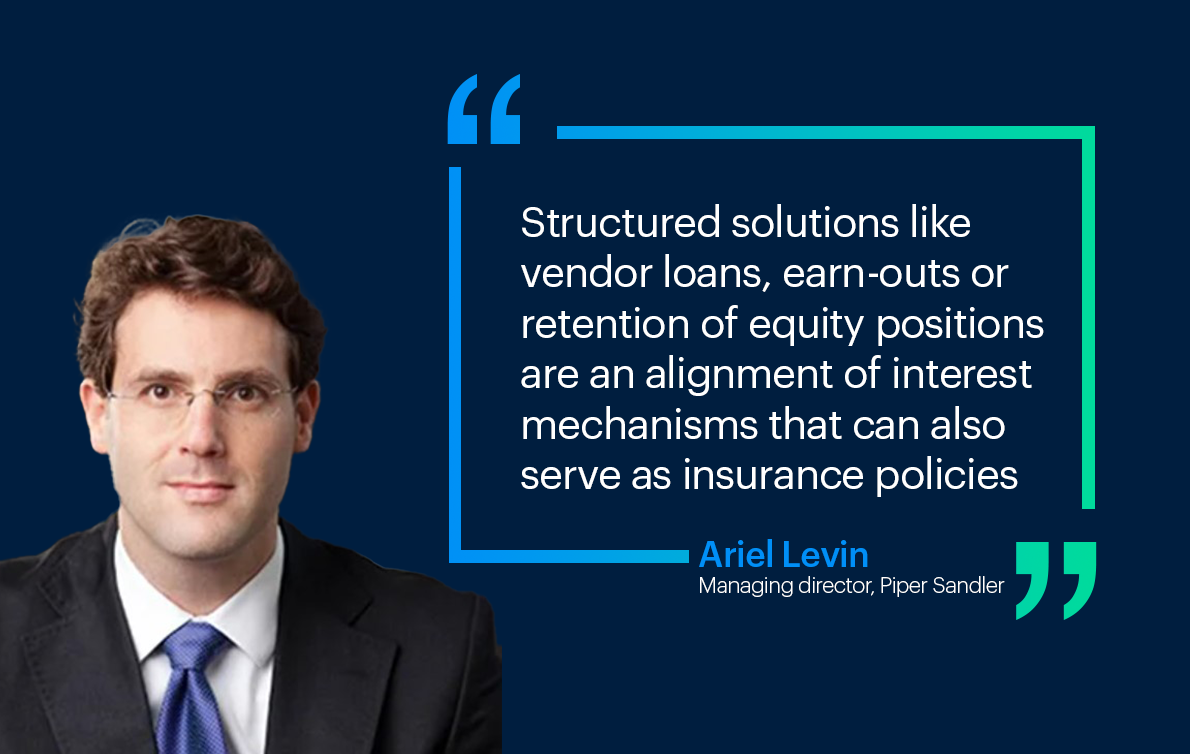
Private equity acquisition volume in Q1 for disclosed deals greater than $25m in value dropped to zero as higher interest rates, lack of available debt financing, and business concerns held them back. European chemical M&A volume also fell dramatically, he added.
“Most of these factors will continue for the rest of 2023, so a significant recovery of the global chemical M&A market is unlikely,” said Young.
“The only factors that may cause a few larger deals to close are the divestitures of European chemical companies trying to get out of commodity chemicals and the efforts of ADNOC (Abu Dhabi National Oil Co) and others to add chemical operations in Europe and the US to diversify. However, these are clearly not part of mainstream trends,” he added.
Financing market opening up

Financing will be key to getting deals done, and there are some early signs that credit markets are opening up.
“In general, we’re not back to seeing leverage multiples in the 6-8x range, but it feels like the debt markets are opening up. A number of recent transactions had leverage multiples in the 4.5-5.5x range,” said Piper Sandler’s Levin.
“The combination of more stable and open debt markets, stabilisation of equity markets, and the fact that companies and investors are keen to reignite their M&A strategies will drive activity. For these reasons, we are now seeing larger assets being prepped for exit,” he added.
Overall, the banker is “cautiously optimistic” that the M&A activity is seeing a gradual pick-up of activity which will hopefully become more evident during Q4 and into Q1 2024.
The US regional banking crisis earlier this year that sparked fears of a major shutdown in credit markets appears to have dissipated.
“That seems to be under control and there hasn’t been contagion that has shut down private debt markets at all,” said Leland Harrs, managing director at Houlihan Lokey.
“The market appears to be moving in a direction where terms are getting ever so slightly more favourable,” he added.
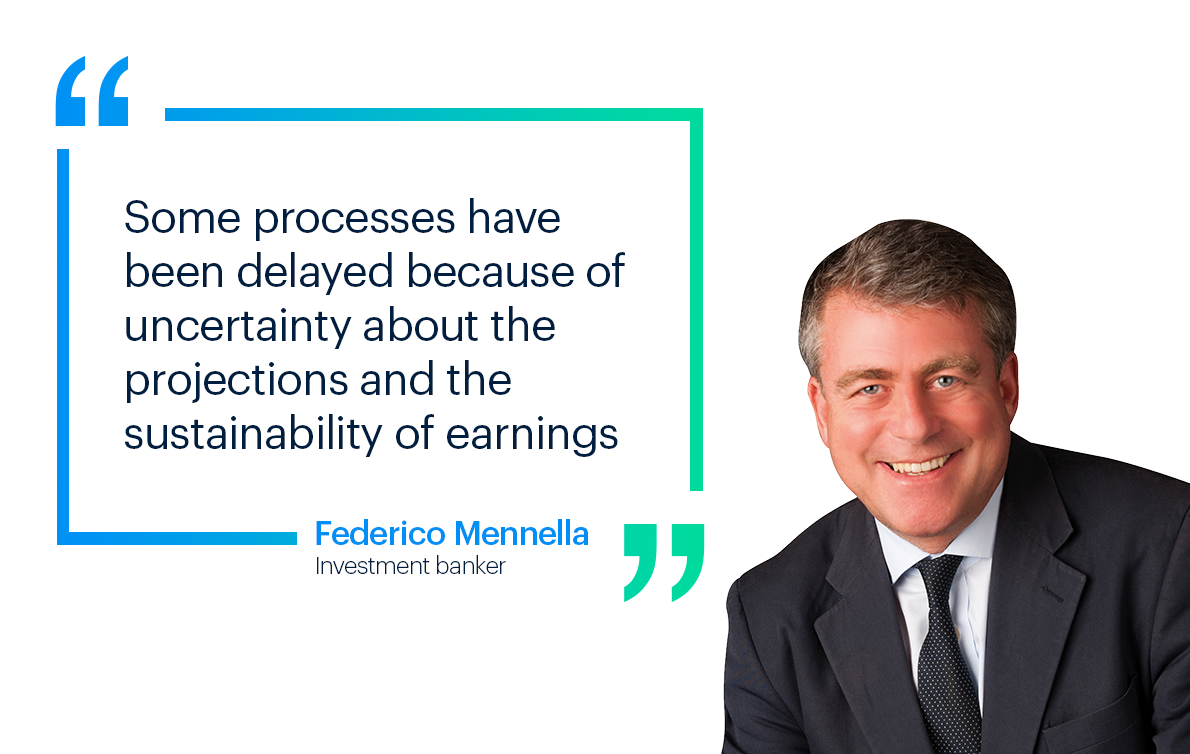
The debt markets are “becoming reasonably comfortable with pricing debt and now will start to test the depth of appetite”, said Ruf from KeyBanc.
The seizing up of financing markets in the past year as central banks hiked interest rates, deteriorating business conditions and the resulting widening of the gap between seller and buyer expectations, has led to a significant backlog of assets for sale.
Assets for sale, reported to be for sale, carved out, put under review, or even that have had their sales processes delayed include Trinseo’s styrenics assets, Evonik’s superabsorbent polymers (SAP) business, One Rock Capital’s Innophos, Kemira’s Oil & Gas business, Solvay’s oilfield chemicals business, Arkema’s fluorogases business, DuPont’s Delrin polyacetal (POM) business, and EQT’s cleaning and disinfection chemicals business Schuelke & Mayr, and specialty chemicals company Chase Corp.
Other sale processes that would have launched in H1 2023 were put on the shelf, adding to the backlog, said Ruf.
Structured solutions for financing

For businesses with a high exposure to more challenging end markets and which are small to mid-size, buyers as well as sellers may need to be open to more structured solutions for financing, including seller financing, earnout structures or the seller retaining a minority stake in the business.
“Structured solutions like vendor loans, earn-outs or retention of equity positions are an alignment of interest mechanisms that can also serve as insurance policies,” said Levin from Piper Sandler.
“They can also be very effective mechanisms to address the recent vulnerable financing environment by reducing third party debt requirements or buyer equity commitments,” he added.
In the current financing environment, private equity buyers have also been over-equitising transactions with an eye on refinancing when credit markets improve, he pointed out.
For those challenged, third-tier assets, demand seems to have “evaporated,” said Ruf from KeyBanc, who noted that values have fallen to levels that reflect anemic demand as opposed to the actual value of the businesses.
“That’s simply reflective of buyers being cautious when they don’t have clear visibility on the sources of, and outlook for growth,” he added.
Major private equity deals

Big private equity firms have been able to sign and close major deals, even in this difficult environment. Apollo Global Management in March agreed to buy US-based chemical distributor Univar Solutions at around $8.1bn in enterprise value. The deal is expected to close in H2 and will include a minority equity investment from a subsidiary of the Abu Dhabi Investment Authority (ADIA).
In April, Advent International launched Envalior after closing the €3.7bn acquisition of DSM Engineering Materials and combining that business with LANXESS’ High Performance Materials (HPM) business for a payment of around €1.1bn to LANXESS which retains a minority stake in the combined business. The Advent deal involved a highly creative deal structure.
In July, water treatment chemicals company Solenis, owned by Platinum Equity, completed its $4.6bn acquisition of cleaning and hygiene products producer Diversey from private equity firm Bain Capital. In the deal, Bain Capital became a minority shareholder in Solenis.
Piper Sandler served as one of the financial advisors to Solenis on the transaction, which required a significant amount of debt financing.
Private equity under pressure to sell
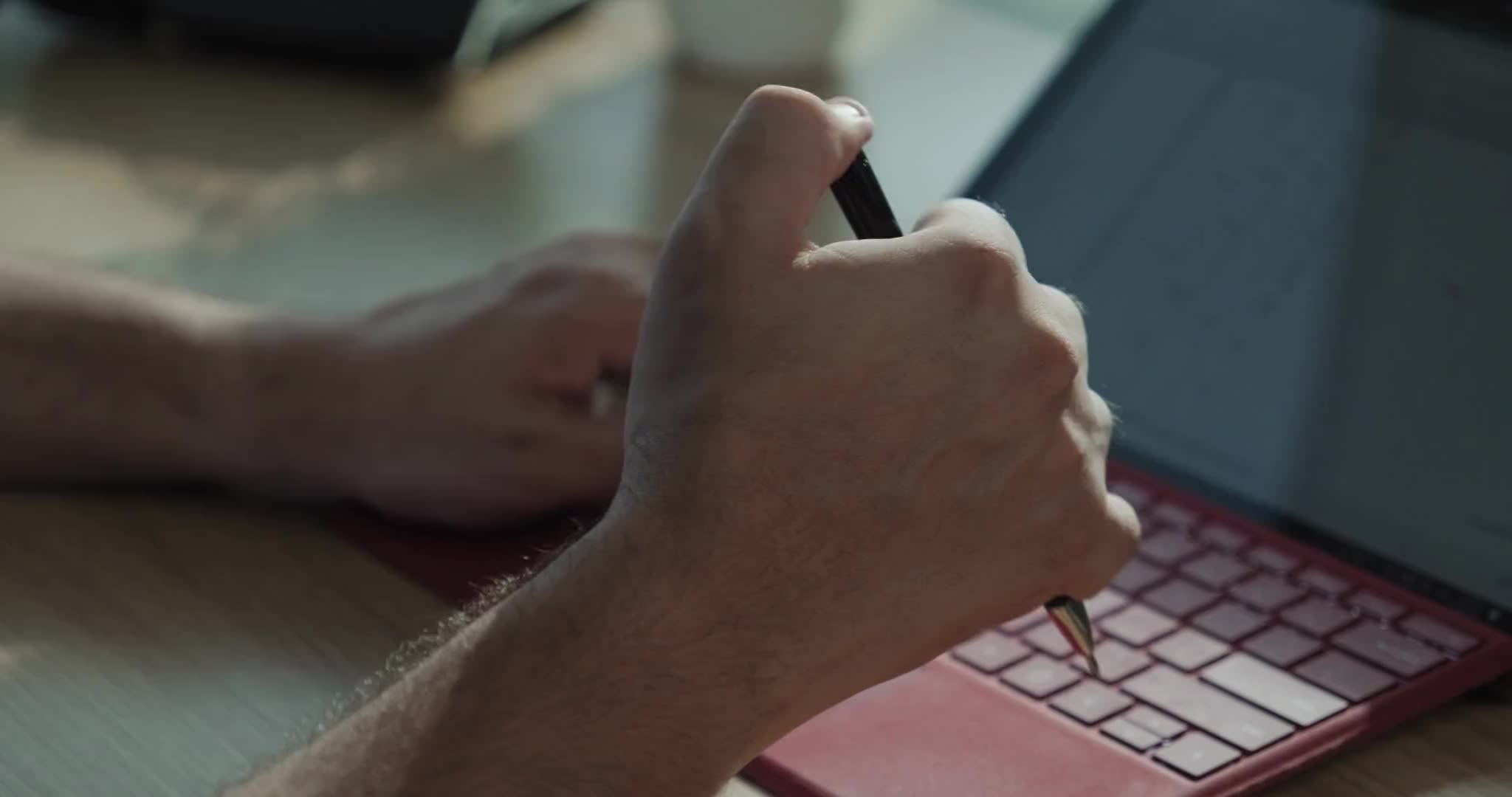
Private equity owners will also be under increasing pressure to sell assets, as they must show results for investors after years of holding businesses.
“Buyout funds alone are sitting on a record $2.8tr in un-exited assets – over four times the level held during the global financial crisis,” said Bain & Co in a 17 July report on private equity. And investors in these funds are clamouring for liquidity.
Private equity groups overall have around 26,000 companies in their portfolio, nearly a quarter of which they’ve held for over six years, over 50% which have been held for more than four years, according to the Bain & Co report.
“They’re getting more interesting in proceeding with a sale mandate rather than waiting for an additional half turn (0.5x EBITDA) a year or year-and-a-half from now,” said Mennella.
“It’s been an unprecedented amount of time holding assets and that’s going to increase the pressure to sell, even if it means accepting lower returns than what was expected,” said Harrs from Houlihan Lokey.
Private equity firms can also engineer partial exits to gain some liquidity while retaining upside for better times, Mennella pointed out.
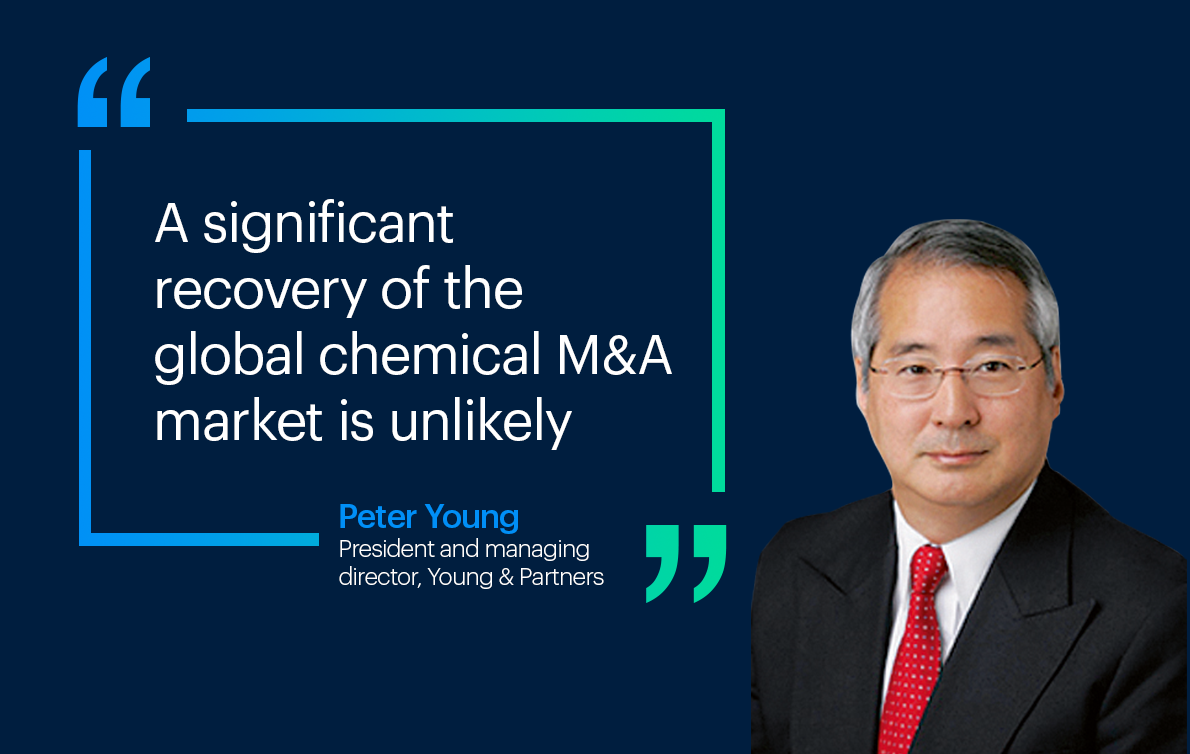
In a deal adjacent to the chemical sector announced in July 2022, Bain Capital put together a joint ownership agreement with BC Partners for one of its portfolio companies – Italy-based self-adhesive labels and fibre-based packaging company Fedrigoni.
With private equity under pressure to sell assets and with financing costs elevated, corporate buyers with strong balance sheets have an advantage on the buy side.
“Strategics have an advantage against a pure financial sponsor as they don’t have to raise expensive debt to finance an acquisition. If they can do it off balance sheet cash, they have a natural advantage right off the bat. That advantage didn’t necessarily exist 12 months ago,” said Harrs.
“If they want to flex their muscles, they’re going to have an easier time of it now because the financial sponsors are not going to be able to come in as hard,” he added.
Buyer and seller gap

The big sticking point slowing down M&A is the gap between seller expectations or what they are willing to accept, and what buyers are willing and able to pay.
“That’s the biggest factor in why these asset sales are on hold. The valuations just aren’t materialising the way the sellers had hoped,” said Harrs from Houlihan Lokey.
“In their evaluations, buyers have been focused on stability of pricing and visibility on demand and growth,” said KeyBanc’s Ruf.
“Some processes have been delayed because of uncertainty about the projections and the sustainability of earnings. As a result, in some cases justifying the staying power of trailing 12-month earnings and defending projections has been a challenge,” said Mennella.
“Some transactions may not actually happen – not because of the valuation multiple, but the uncertainty of the earnings. While the negotiated valuation multiple may remain the same, there will be concern about the appropriate denominator to be used. As long as there is uncertainty or lack of visibility on that metric, there is going to be an issue,” he added.
As a result, some would-be sellers are choosing not to come to market at this time. Most sale processes involve more extensive preparatory work which can quantify and support sustainable performance in the expectation of increased scrutiny, the banker pointed out.
On the buy side for private equity, the primary obstacle continues to be the high cost of debt – 11-12% versus 5-6% a year ago, pointed out Harrs from Houlihan Lokey.
“The fuel that fed the M&A market is close to empty and the result is that a financial buyer can pay less for any given asset. That’s fine if a seller is willing to accept less, but in the past year, that’s not been the case,” said Harrs.
“We have all these deals sitting on the shelf because sellers generally are not willing to accept lower value. The data points we should have for lower valuations don’t exist because so many people refuse to sell so far. That’s going to change over time,” he added.
Green shoots

However, there are early signs of activity in H2 as earnings expectations are reset lower.
“There is a growing stream of M&A processes that have been in backlog just beginning to release into the market,” said Ruf from KeyBanc.
“The floodgates haven’t opened for deal flow yet, and whether they do or if they just come out in a trickle over time remains to be seen,” said Harrs from Houlihan Lokey.
“The only thing that’s going to help is time – when you get to a more normalised level of earnings that people think are bankable,” he added.
“The valuation gap will close. Many sellers, particularly of assets with no clear ESG strategy, have to get comfortable with an - on-average - lower and more moderate valuation environment given where interest rates are. Private equity buyers increasingly face challenges arranging attractive debt financing for those businesses,” said Bernd Schneider, managing director and global co-head of chemicals at Stifel.
“Waiting for great times like we saw in 2011-2021 might not be the right strategy. Sellers might have to adapt to a new valuation environment,” he added.
There are exceptions when it comes to valuations with assets such as in adhesives as well as bio-based or green platform chemicals such as isobutanol and bio-based plastics in high demand, the banker noted.
“There’s big momentum in the world toward making everything green or circular. It’s on every CEO’s agenda right now,” said Schneider.
Focus on portfolio clean-up

Meanwhile, chemical companies will continue to focus on portfolio restructuring in a challenging environment rife with uncertainty.
“We see a lot of larger corporates now cleaning up their portfolios. They are very cautious in making large acquisitions given the uncertainty, so are using the ‘silence’ on that side to concentrate on their strengths and sell non-core assets through carve-out processes,” said Schneider from Stifel.
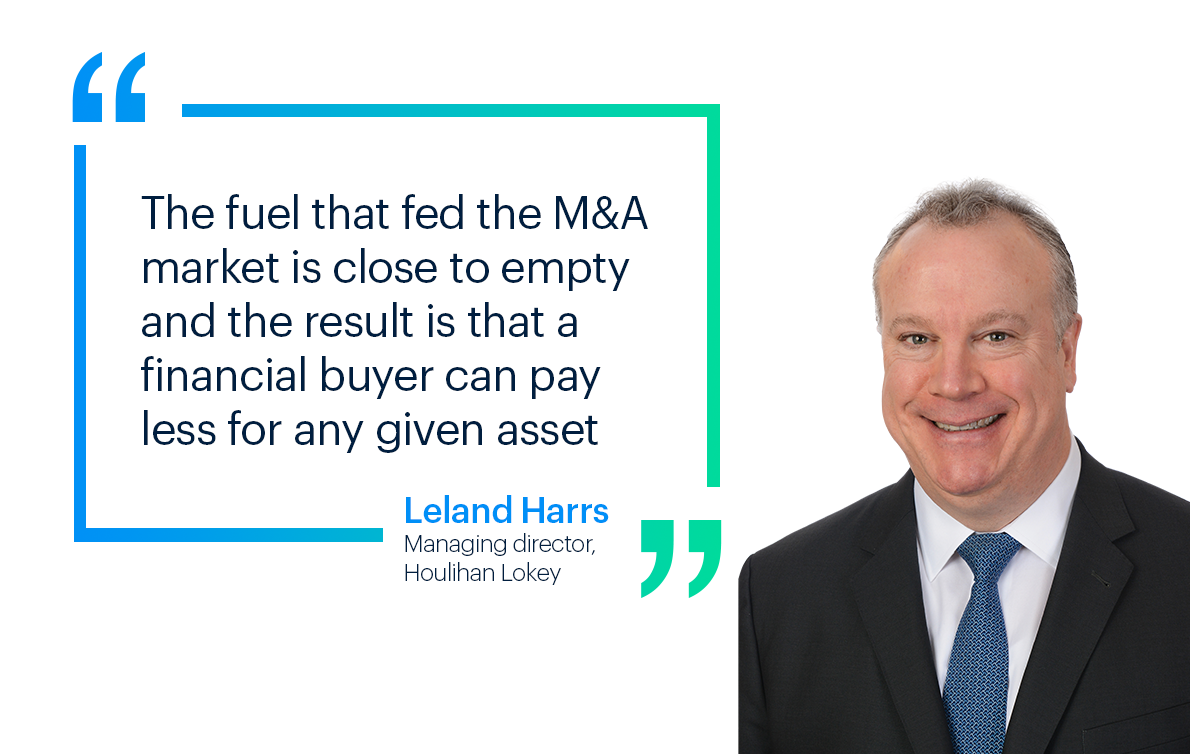
This increasing desire to sell amid rising uncertainty is extending to multi-generational family-owned businesses, he added.
“If you’ve seen how many crises have come in the last 10-15 years and what might be expected in the years to come, that is stretching the entrepreneurial spirits of these companies a bit too much,” said Schneider, citing pressures and uncertainty from high inflation, decarbonisation and ESG, regulatory environments and geopolitical tensions.
“Decarbonisation is really the key deal driver across many of these M&A processes,” he added.
Profit warning impact on M&A
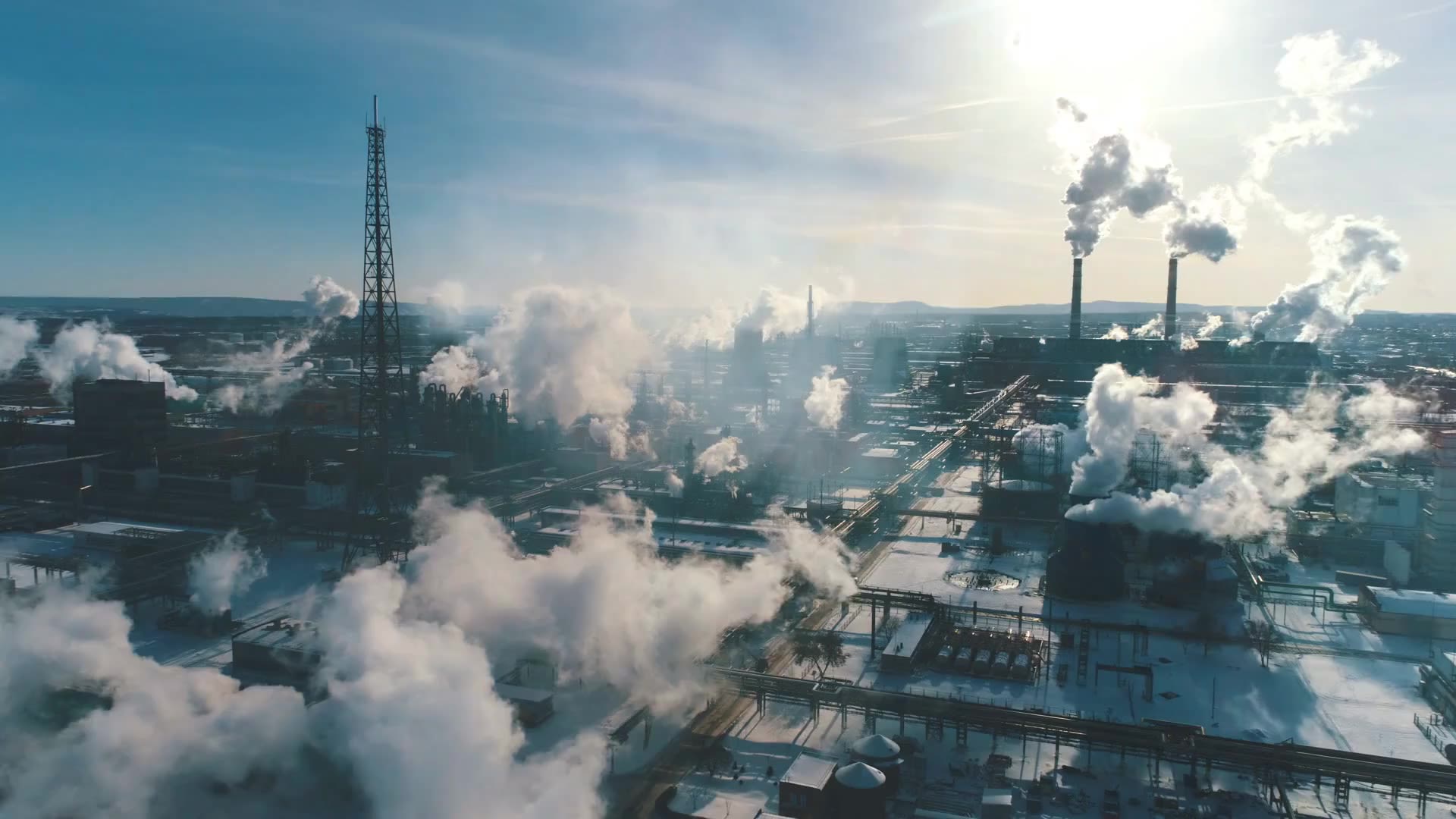
A very active earnings warning season for the chemical industry portending difficult conditions throughout 2023 could also lead to more M&A activity, particularly on the sell side.
“Companies will need to focus on M&A in order to shed businesses that are less strategic, so they can de-lever and also help get investor confidence back up fairly quickly,” said Levin from Piper Sandler.
As Clariant warned of a Q2 and full-year 2023 earnings shortfall on 7 July, it also said it is actively evaluating strategic options for its sunliquid celluslosic ethanol business.
“The longer the crisis prevails with sluggish demand as well as uncertainty with regard to investment decisions, there will be more restructuring. The number of restructuring deals will increase,” said Schneider from Stifel, who sees more distressed deals coming to market in the next 6-9 months.
“That pent-up supply of new deals that start to come into market will coincide with buyers who have been waiting to see that supply,” said Ruf from KeyBanc.
Corporates have healthy balance sheets and are well positioned to make small to mid-sized bolt-on acquisitions, particularly where some may not have a lot of visible organic growth, he noted.
LyondellBasell has been active in bolt-on acquisitions of recycled plastics assets. In July, it closed the acquisition of Mepol Group which has recycled plastic compounds plants in Italy and Poland. In April, LyondellBasell agreed to take full control of Quality Circular Polymers (QCP) which has plants in Belgium and the Netherlands, by buying out 50% joint venture partner Veolia.
Asia, Middle East buyers
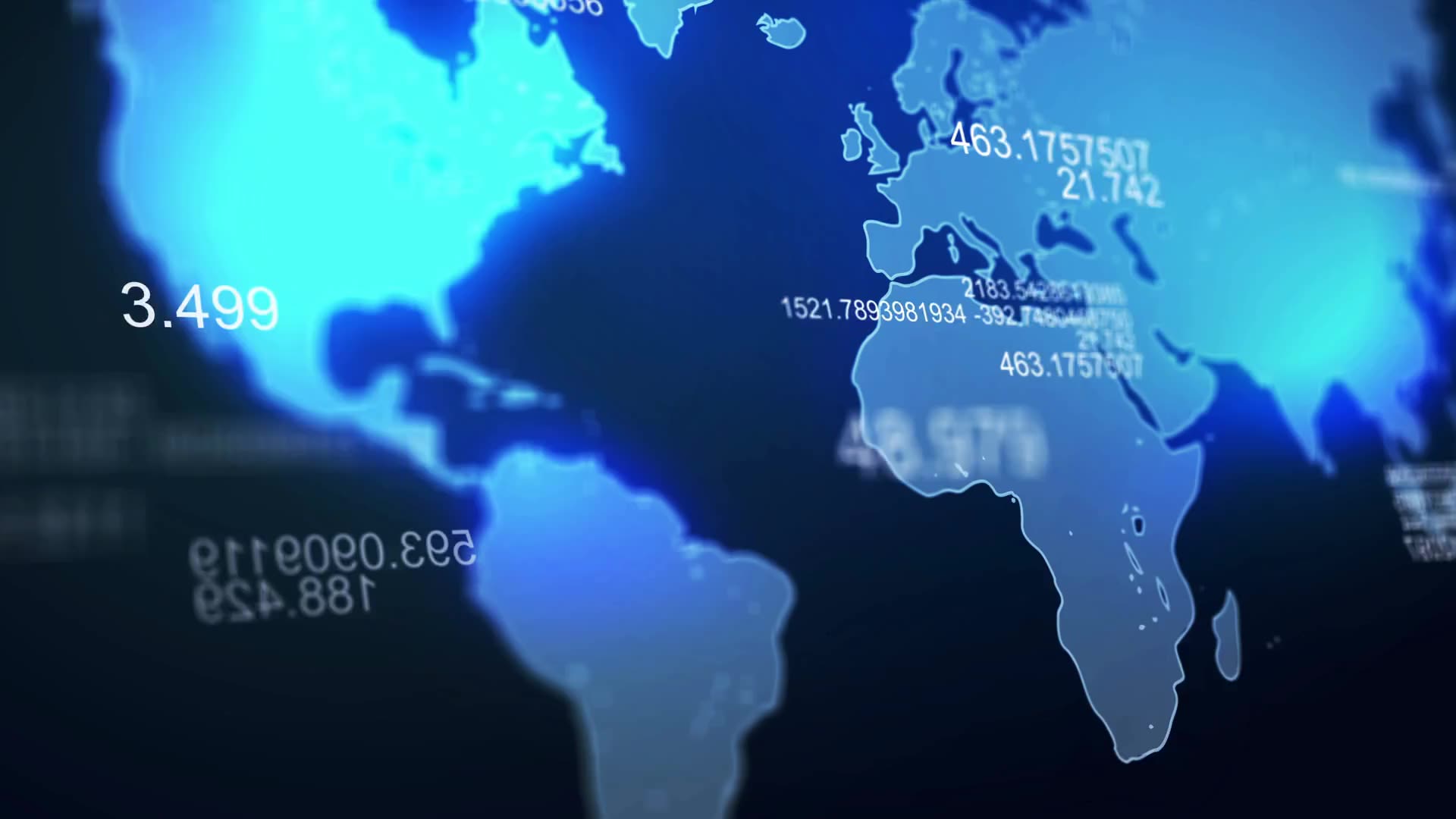
With China out of the market on the buy side in US and European chemical M&A because of geopolitical clashes, buyers in India and Southeast Asia will become more prominent.
Corporate buyers in India enjoying high equity valuations in their market can acquire European assets at lower valuations and fold them into their companies without diluting their high local equity valuations, noted Schneider from Stifel.
“Indian buyers are coming on strong in European and US deal shows, and will find it easier to be competitive because their own valuations in their country are at record highs, and partially also because of the temporary weak activity of Chinese buyers,” said Schneider.
In October 2022, India-based Safex Chemicals, backed by Indian private equity firm ChrysCapital, bought UK-based agrochemicals producer Briar Chemicals for £73m.

Middle East oil companies and investment funds are poised to play a huge role in M&A in the coming years. Active players include Saudi Aramco, Dussur, Abu Dhabi National Oil Co (ADNOC), the Abu Dhabi Investment Authority (ADIA) and Mubadala.
“Most of the big IOCs (International Oil Companies) have a diversification and transformation agenda, and this is not restricted to the Middle East players,” said Schneider.
“They all have the same problem – they have to diversify and transform, and examples of investment pillars are downstream chemicals and sustainability. Green polymers and polymer recycling are examples. There will be many deals in the coming years,” he added.
ADNOC and OMV are discussing combining their polyolefins businesses Borouge (majority owned by ADNOC) and Borealis (majority owned by OMV) under a jointly controlled listed platform for “potential growth acquisitions to create a global polyolefin company with a material presence in key markets”.
Dussur (Saudi Arabian Industrial Investments Co) in December announced it would take a less than 20% stake in Italy-based specialty chemical additives producer ItalMatch which is owned by Bain Capital.
Dussur’s two key investment focus areas are industrial metals and specialty chemicals – the latter specifically being detergents and surfactants, polymer additives, polymer processing, and CASE (coatings, adhesives, sealants and elastomers).
Author:
Joseph Chang is Global Editor of ICIS Chemical Business, a weekly publication covering game changing trends in the chemical industry and analysing drivers of chemicals prices worldwide. This includes feedstock and price developments, supply and demand trends, new project activity and sustainability. He has been with ICIS and one of its predecessor publications for over 25 years, specializing in coverage of key developments in the global chemical sector as well as financial topics such as macroeconomics, capital spending, equity and debt markets, and mergers and acquisitions. Joseph has a degree in Finance and International Business from New York University’s Stern School of Business.
Related content
Speak with ICIS
If you are interested in learning about how our specialist insight can help you make better business decisions, contact the ICIS team today. Simply complete the form and we will get in touch with you as soon as possible.



